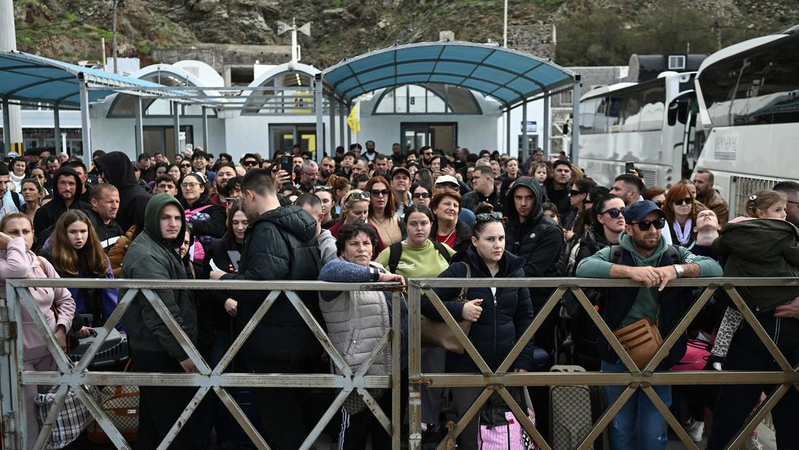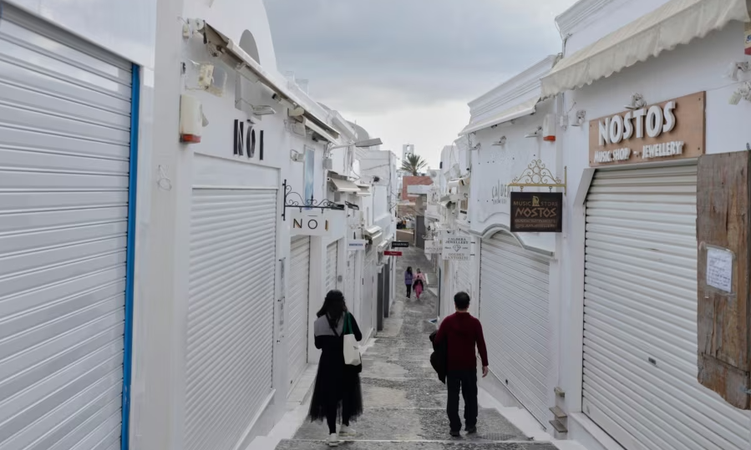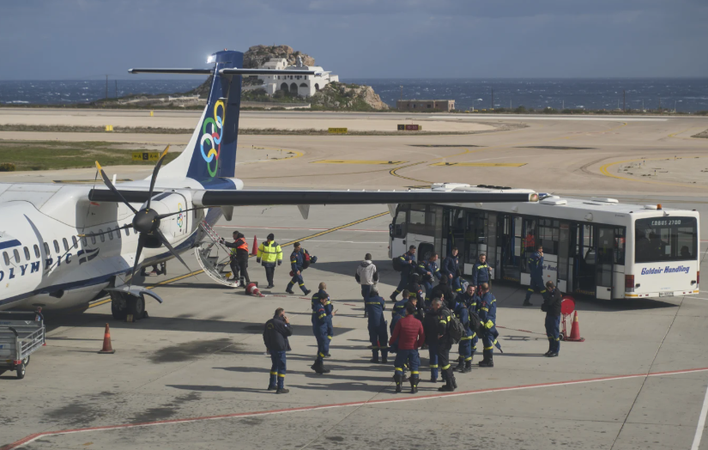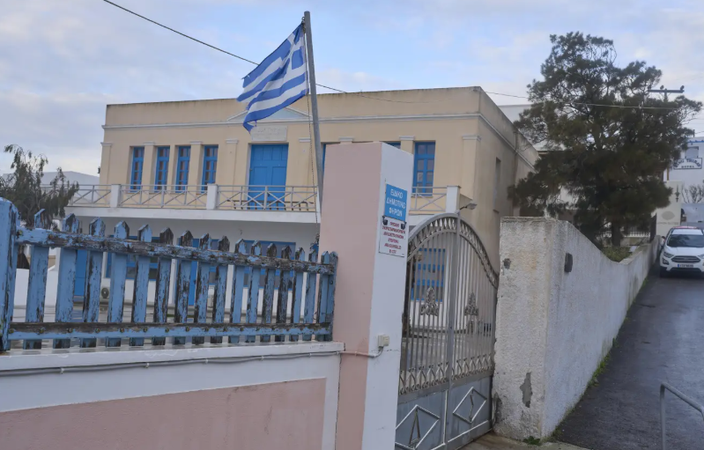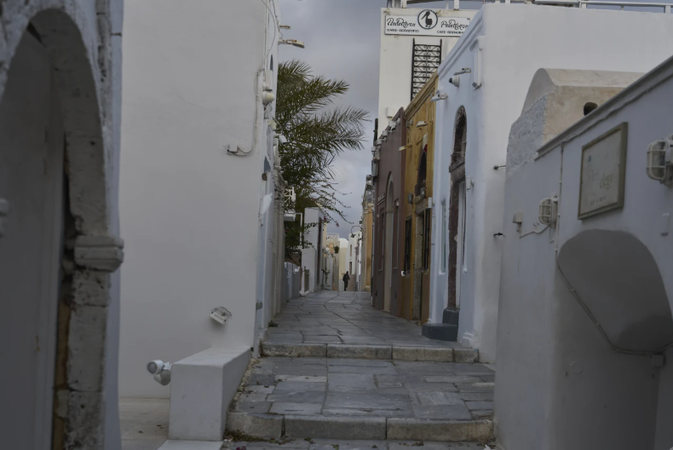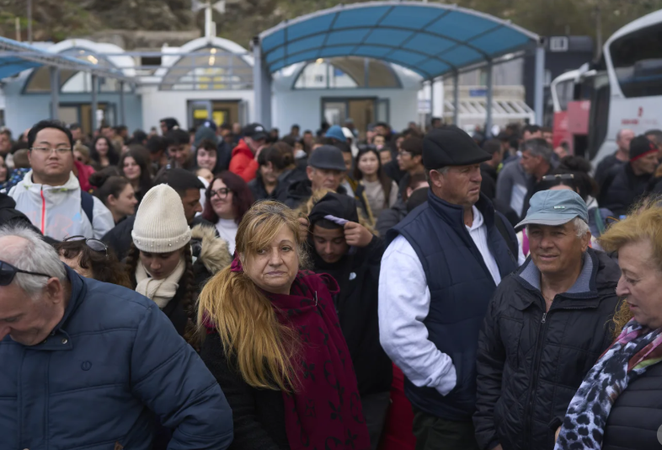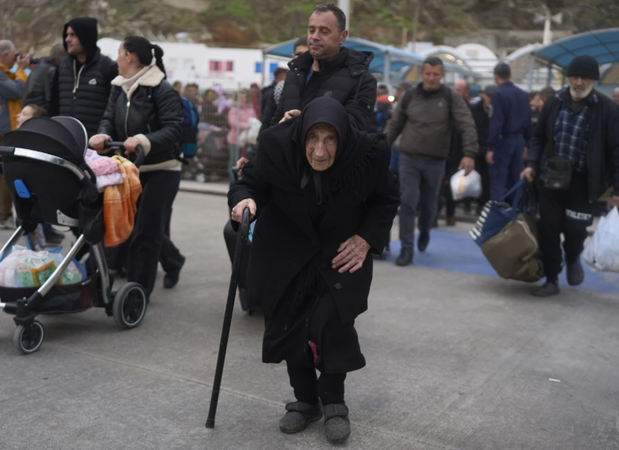The Interdisciplinary Committee for Risk and Crisis Management of the National University of Athens (NKUA) reports interesting new data on the Santorini earthquakes in an extraordinary announcement.
As scientists report, from February 2 to the early hours of February 5, 2025, tremors in the Santorini-Amorgos area intensified even more.
Also, on February 2 alone, over 1,300 earthquakes were recorded, and on February 3, over 1,400. In total, from January 26 to the morning of February 5, over 6,400 earthquakes were recorded.
On February 2, 5 earthquakes with a magnitude of 4.5 occurred, on February 3, 7 earthquakes, and on February 4, 9 earthquakes. The largest earthquake had a magnitude of 4.6 on February 2, while on February 3 and 4, three earthquakes with a magnitude of 4.9-5 on the Richter scale and four others with a magnitude of 4.8 occurred.
The distribution of seismic epicenters on 2 February began centered approximately halfway between Anydros and Santorini, and then migrated northward toward Anydros. On 3 February, seismicity remained centered primarily southwest of Anydros, while small clusters of earthquakes also occurred in areas west and north of Anydros, at distances generally less than 10 km from it.

According to daily seismic data analysis data from the Seismology Laboratory of the University of Athens, on February 4 it remained in the area mainly west of Anydros, but has also spread a little further east. During the period from February 1 to February 4, the edge of the seismically activated zone appears to have migrated northeastward at a speed of 4-5 km/day.
As reported by scientists at the National University of Athens, seismic activity in the Santorini-Amorgos area so far probably has the characteristics of a seismic cluster, as no earthquake with a clearly larger magnitude than all the others, which could be characterized as a main earthquake, is distinguished.
Furthermore, the magnitude of the shaking is increasing, while the aftershock sequences are characterized by a decreasing temporal distribution of earthquakes, with the magnitude of the largest aftershock usually less than 0.5 compared to the main earthquake.
Although it is likely to be a cluster containing large magnitude earthquakes, compared to other recent seismic clusters in Greece, one possibility is that seismological activity will continue but with a smaller magnitude and a smaller number of earthquakes, but will last for many months.

However, a second possibility is that this burst stimulates a significant portion of the fault in the area, thus triggering a main earthquake, and then the activity takes the form of a typical aftershock sequence. In such a case, the seismic burst that preceded the main earthquake would be characterized as a paraseismic sequence.
Although the observed seismic eruption occurs within the active volcanic arc of the South Aegean and is not directly related to any known volcanic center, seismic bursts, especially those located in or near volcanic environments, are often caused by the intrusion of fluids into the fracture tissue, which facilitates ruptures, in combination with the vibrations caused by the tectonic earthquakes themselves. (A2 Televizion)



